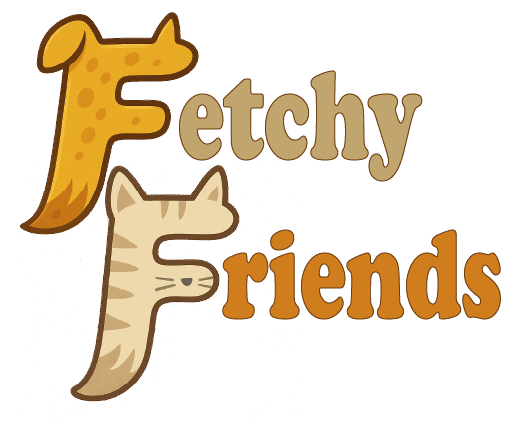How to Choose the Best Orthopedic Dog Bed – Complete Buying Guide (2024) – FetchyFriends
This orthopedic dog bed buying guide isn’t just about comfort — it’s about giving your furry friend a cozy, safe space they can truly call their own. From anxious pups to senior dogs, the perfect bed can make a big difference in their health, sleep quality, and happiness.

This post may contain affiliate links. If you click and make a purchase, we may earn a small commission — at no extra cost to you. Thanks for your support!
Some product images on this site may be generated or enhanced using AI tools and are intended for illustrative purposes only. Please refer to the official Amazon product page for accurate visuals and details.
Last Updated on May 26, 2025
Finding the best orthopedic dog bed isn’t just about picking something soft and cute — it’s about supporting your dog’s joints, improving their sleep quality, and reducing discomfort caused by age or injury. Dogs sleep an average of 12–14 hours a day, and a high-quality orthopedic bed can make a lasting difference in their mobility, energy levels, and long-term well-being.
Whether your pup is a senior with arthritis, a large breed prone to hip issues, or a recovering patient needing extra support, this guide breaks down exactly what to look for. From certified memory foam to proper sizing, bolstered edges, and washable covers — we’ll help you choose a bed your dog will not only love, but also benefit from every single day.
Give your pup the orthopedic comfort they deserve — check out one of our top-rated beds loved by pets (and their humans)!
🛏️ Discover This Orthopedic Bed on AmazonKey Factors to Consider When Choosing an Orthopedic Dog Bed
1. Your Dog’s Size and Sleeping Style
For orthopedic support to work properly, the bed must match your dog’s size and sleep habits. Dogs that sprawl need large, flat surfaces, while curlers benefit from beds with bolstered edges for joint support. Choosing the right fit helps distribute your dog’s weight evenly, relieving pressure on hips, spine, and elbows.
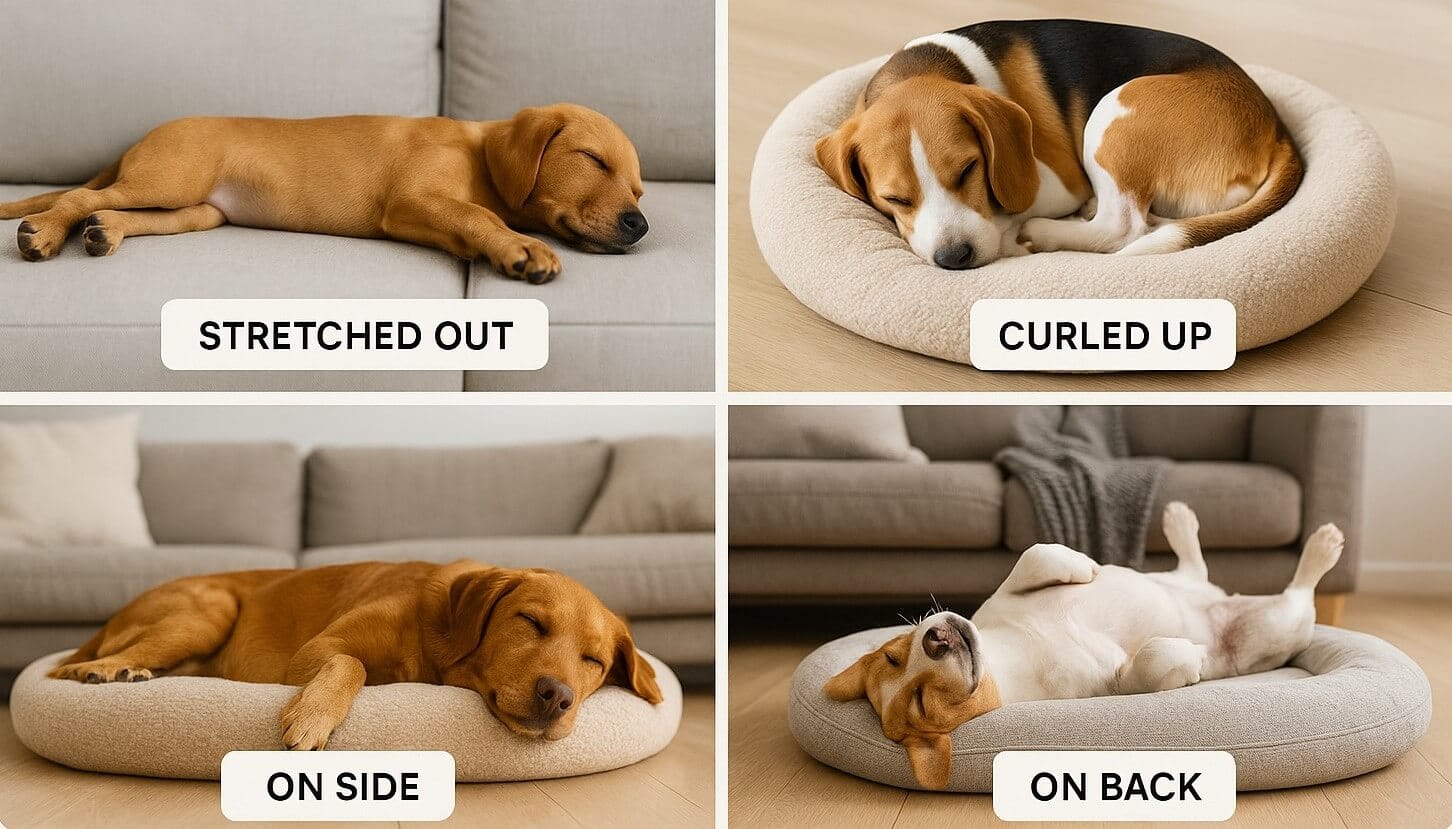
2. Age and Health Conditions
Senior dogs, large breeds, and those with arthritis or hip dysplasia benefit most from orthopedic beds. High-density memory foam helps reduce inflammation, cushions sore joints, and encourages deeper rest. Post-surgery dogs or those with mobility issues should use low-profile orthopedic beds for easier access and recovery support.
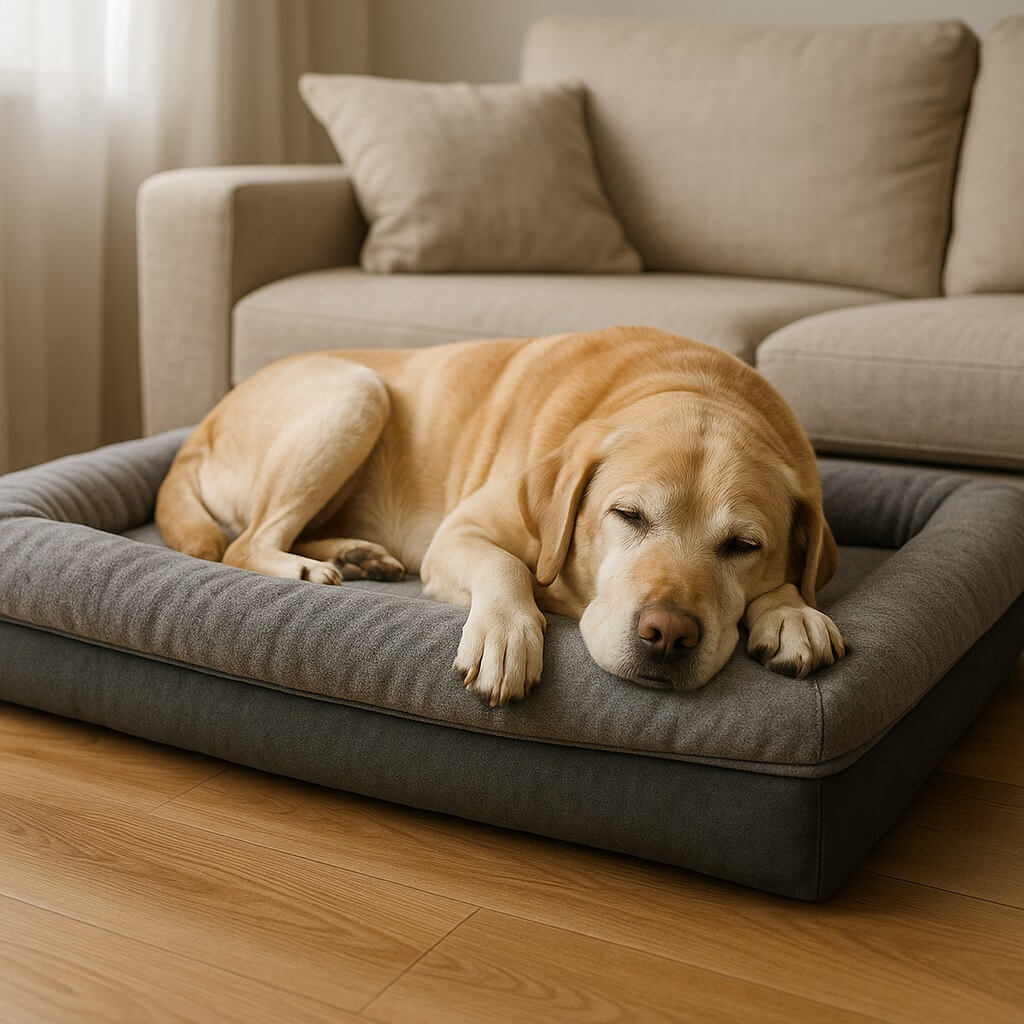
3. Material and Foam Quality
The core of a great orthopedic dog bed is its foam. Look for solid, medical-grade memory foam (not shredded) to ensure proper joint support. Avoid cheap fillers that lose shape quickly. Hypoallergenic covers and breathable fabrics are ideal for dogs with skin sensitivities, while waterproof liners help extend the bed’s life.
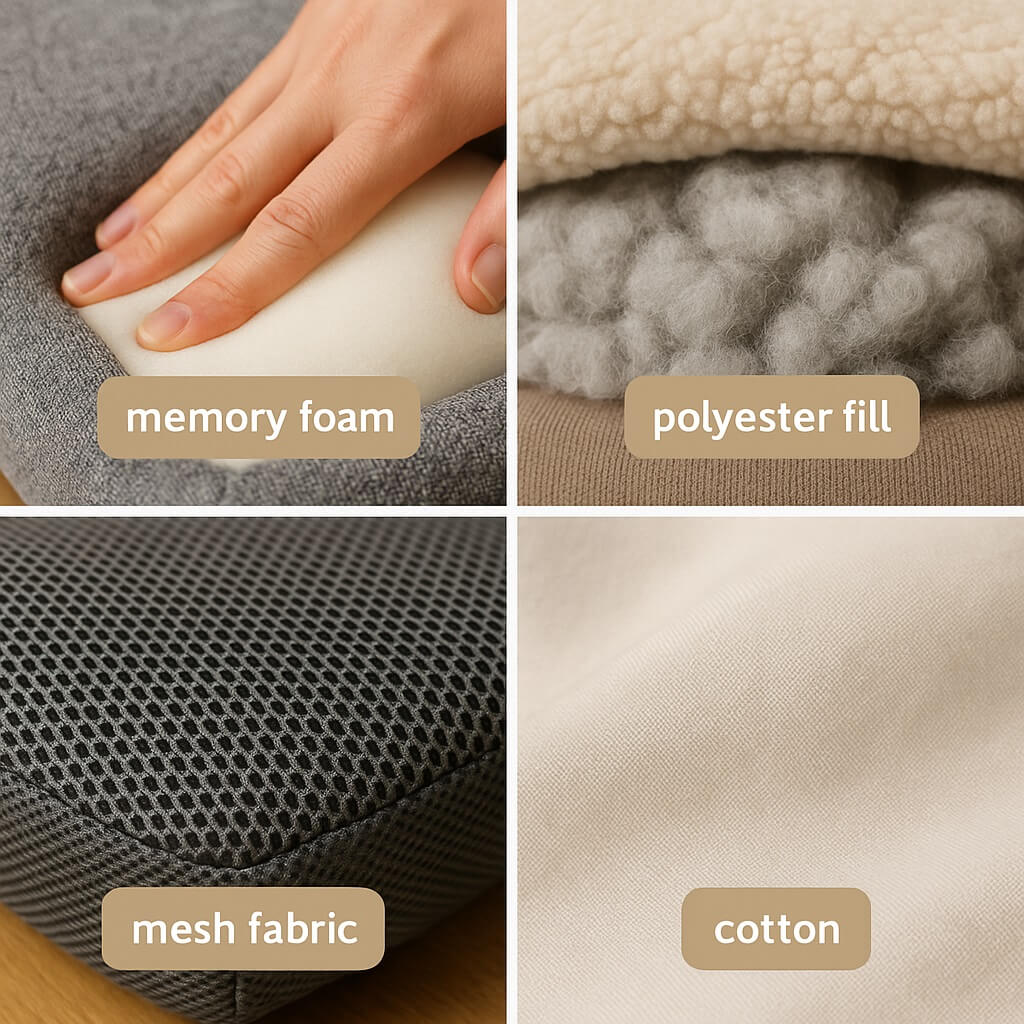
4. Design for Support and Security
Orthopedic beds come in many forms: flat mats, bolstered edges, or contoured designs for spinal alignment. Raised edges can provide a sense of security and neck support. Consider how your dog sleeps and whether they benefit from headrests or prefer open space. Style matters, but support should come first.
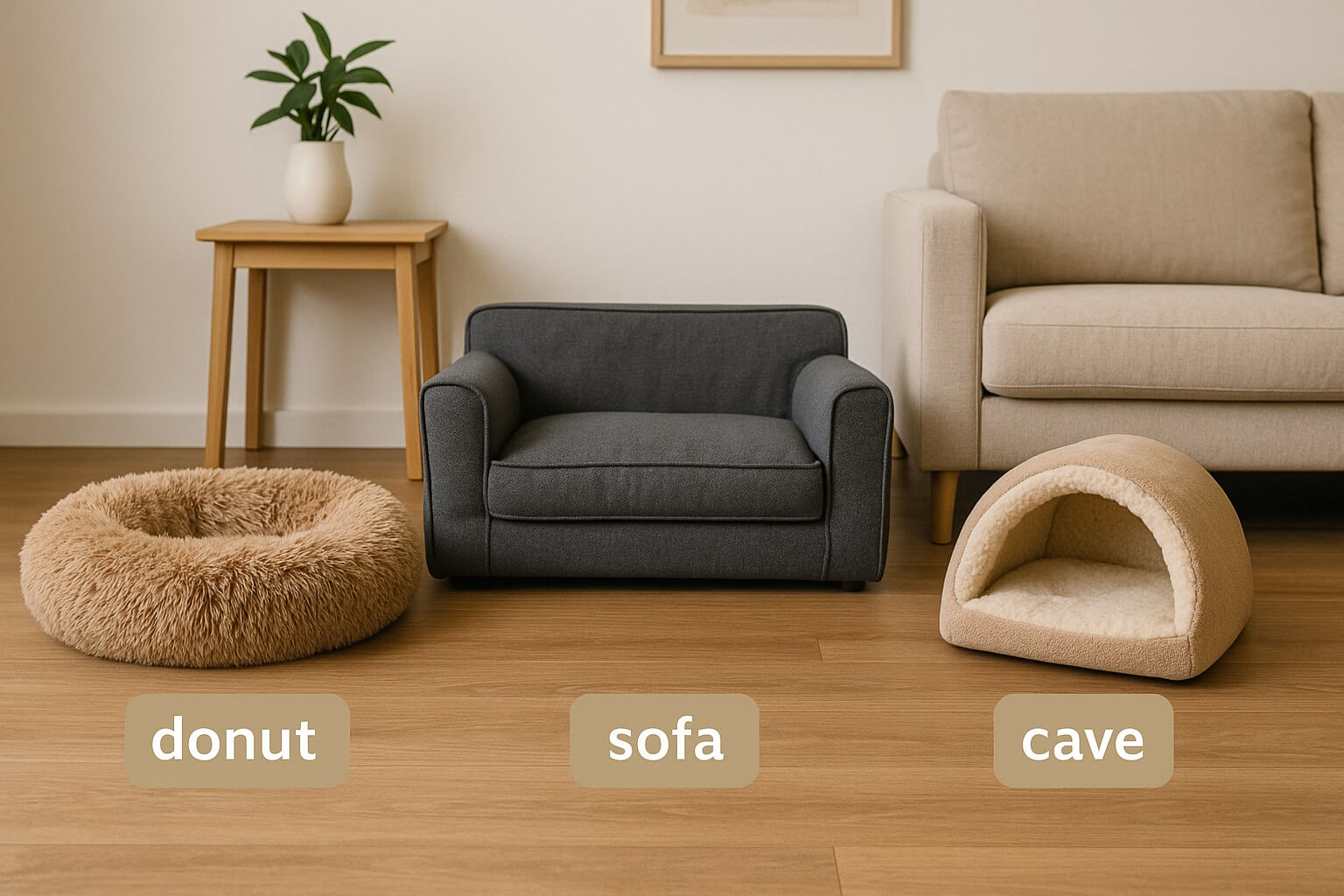
5. Location and Environmental Conditions
Environment affects comfort. In hot climates, choose beds with cooling gel layers or breathable mesh. In cold areas, go for thermal or memory foam beds with fleece covers. For outdoor use, select elevated orthopedic beds made with water-resistant materials to avoid mold, insects, and dirt buildup.
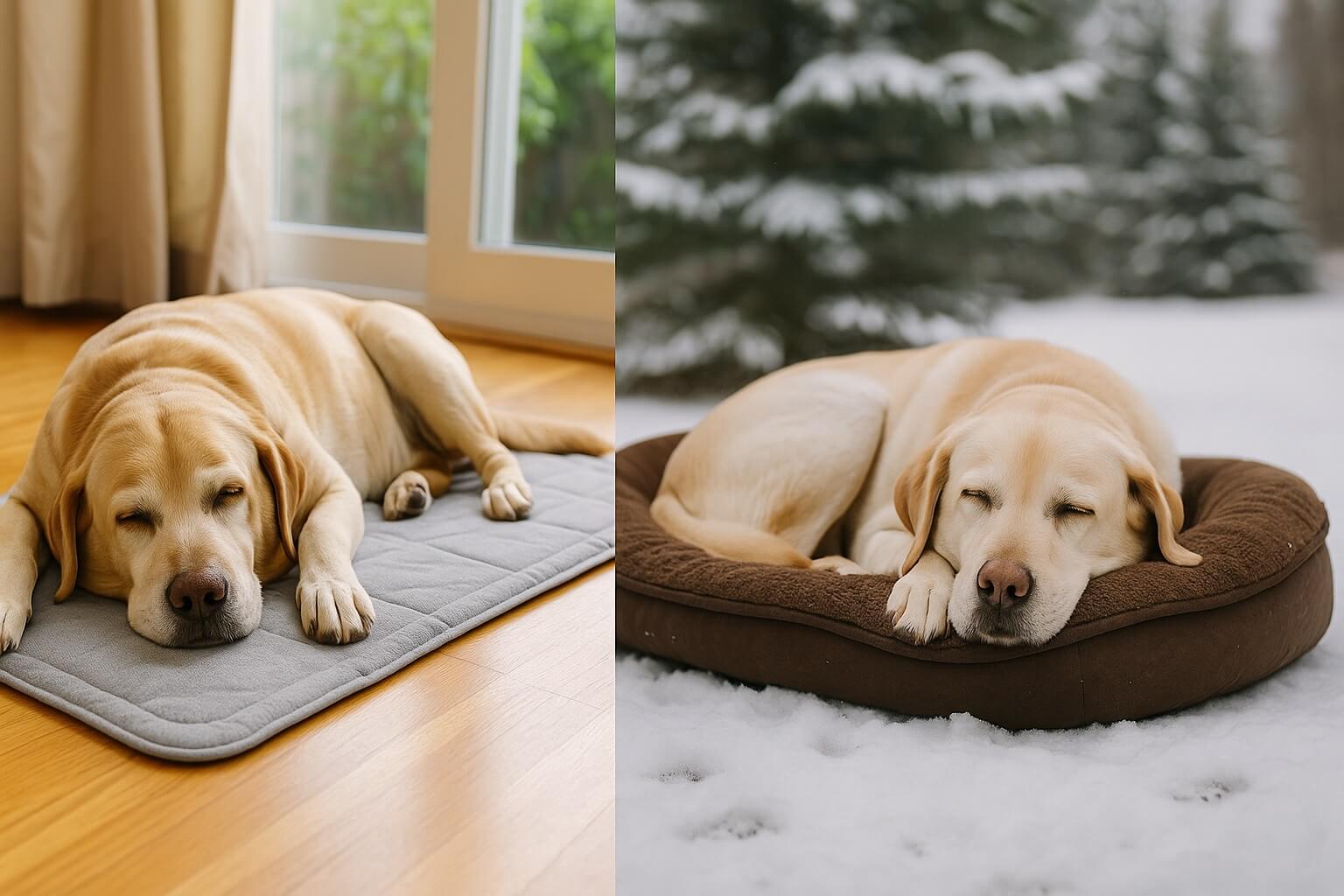
Extra Tips to Get the Most Out of Your Dog’s Orthopedic Bed
- Choose a bed with a removable, washable cover — it helps maintain hygiene and extends the life of the memory foam.
- Opt for non-slip bottoms to prevent shifting, especially for older dogs with limited stability or balance issues.
- Elevated orthopedic beds are great for large breeds and for keeping airflow underneath in warmer environments.
- Measure your dog while lying down fully stretched to ensure the bed supports their entire body without pressure points.
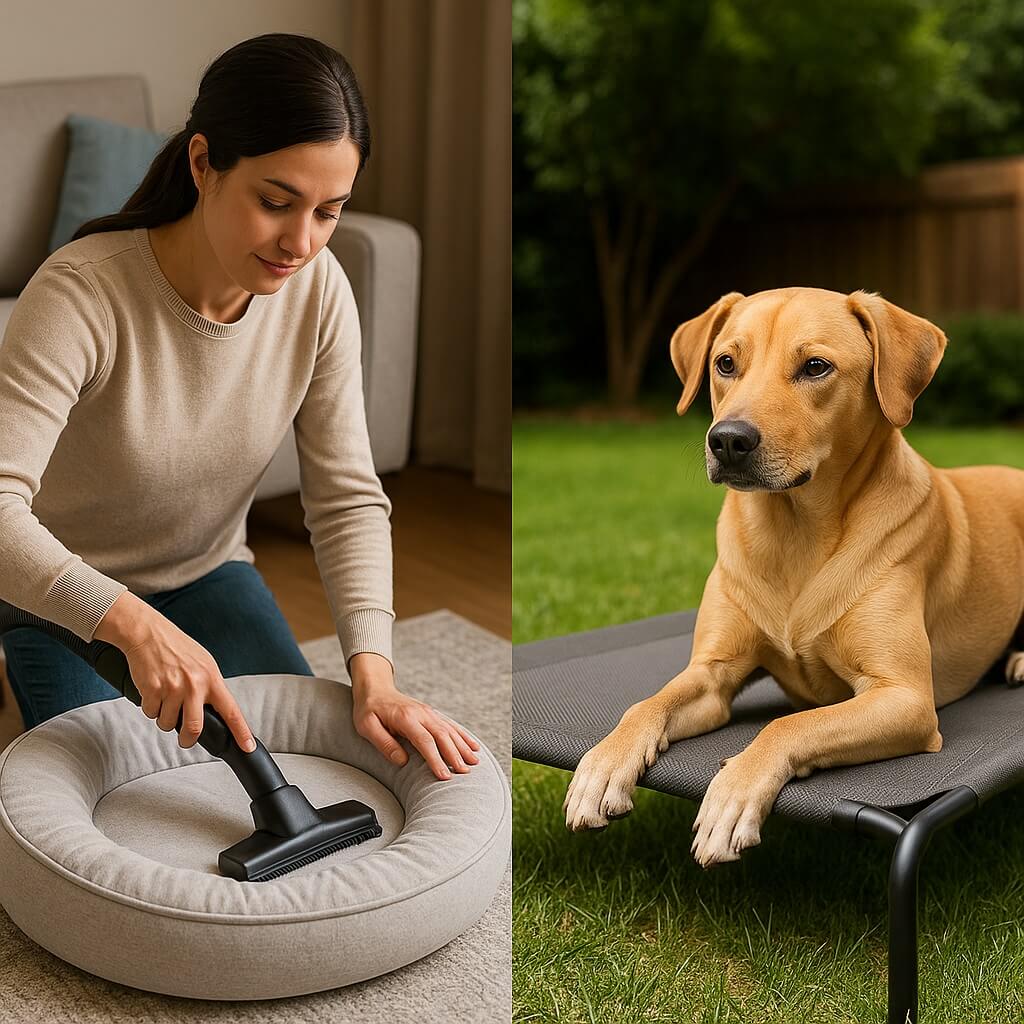

“No more sore joints — just sweet dreams.” – Every happy pup 🐾
Ready to Give Your Dog the Relief They Deserve?
Discover one of the most supportive and vet-recommended orthopedic beds available on Amazon — comfort your dog will feel every day.
🛏️ Shop This Orthopedic Bed NowFrequently Asked Questions About Orthopedic Dog Beds
What type of bed is best for dogs with arthritis?
Orthopedic beds with high-density memory foam are best. They contour to your dog’s body, reduce pressure on joints, and help relieve pain from arthritis and joint degeneration.
How do I know if my dog needs an orthopedic bed?
If your dog is a senior, a large breed, limps after resting, or has been diagnosed with hip dysplasia, arthritis, or other mobility issues, an orthopedic bed can provide much-needed relief.
Are orthopedic dog beds worth the investment?
Absolutely. These beds offer therapeutic benefits that improve sleep quality, ease pain, and support long-term health — especially in older dogs or those with joint problems.
What’s the ideal foam thickness for orthopedic support?
For medium to large dogs, look for at least 4 inches of solid memory foam. Heavier dogs may need 5–7 inches to prevent sinking and maintain proper joint alignment.
Can young dogs use orthopedic beds too?
Yes. Orthopedic beds are great for preventing future joint issues and providing long-term support — especially for large breeds that are still growing or active dogs prone to joint stress.
How should I clean an orthopedic dog bed?
Use beds with removable, washable covers. Foam should be spot-cleaned only — never machine washed — to preserve its structure and effectiveness.
How long does an orthopedic bed last?
A high-quality orthopedic bed can last 3–5 years or more, depending on use and materials. Replace it if the foam loses shape or your dog no longer seems comfortable.
Affiliate Disclaimer: This article contains affiliate links. If you click on these links and make a purchase, we may earn a small commission at no extra cost to you. This helps support our content and recommendations.
Image Notice: Some images used may be AI-generated, edited or enhanced for illustrative purposes. Please refer to Amazon for the most accurate and up-to-date product visuals.
